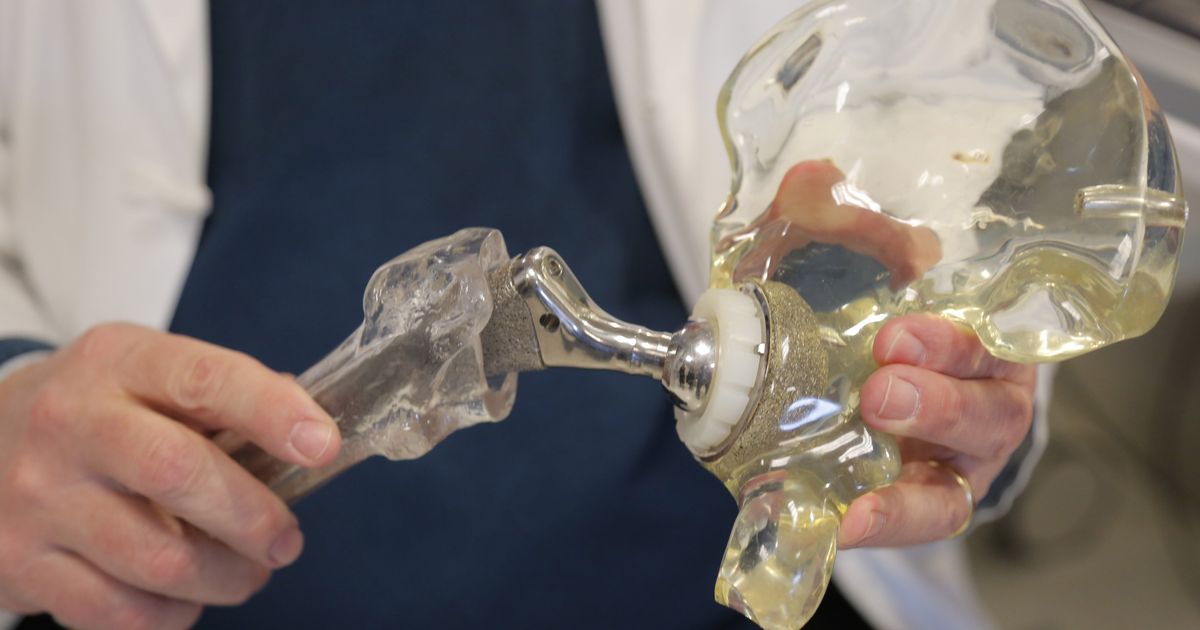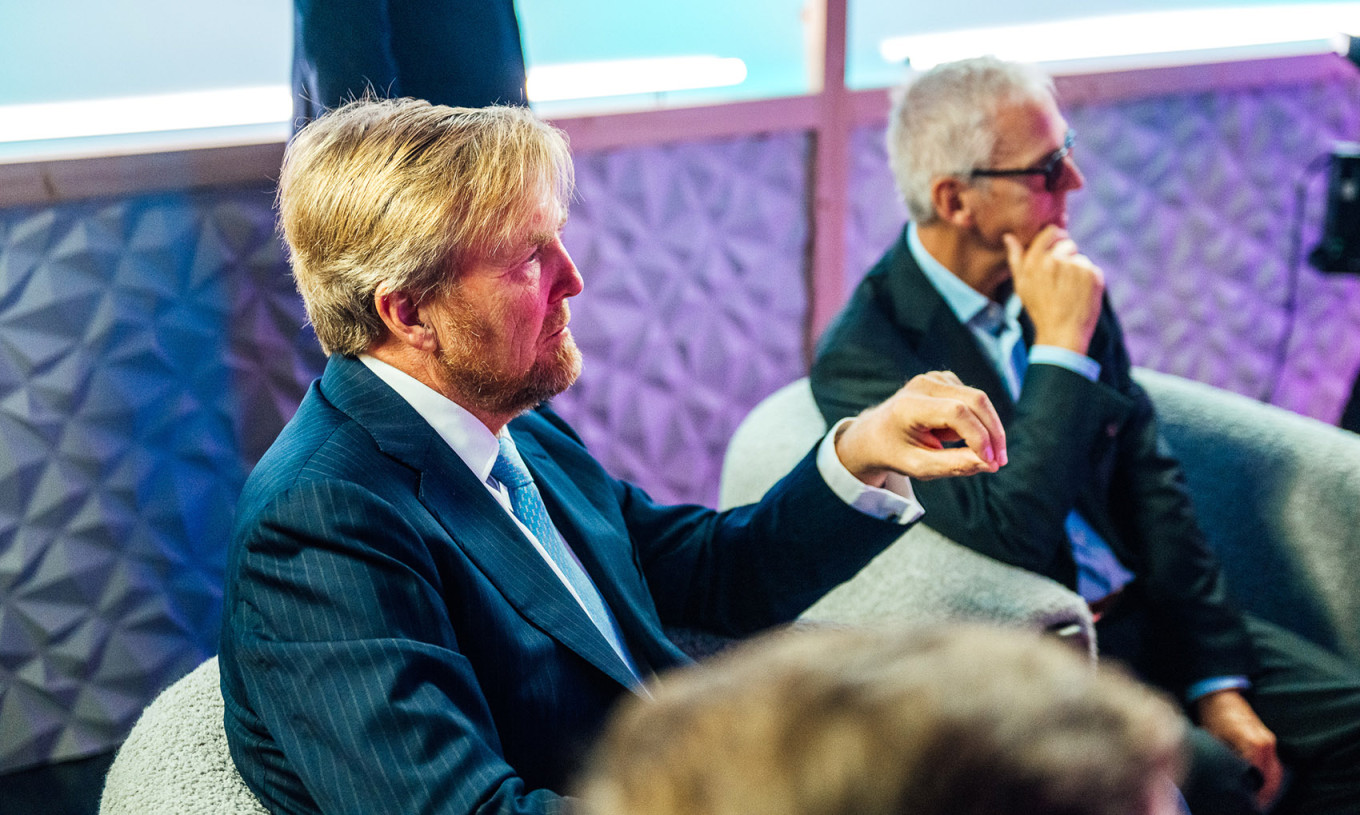Society over the years continues to learn more about people with disabilities and the hurdles they face daily. Historically, professionals haven’t always been concerned with how their spaces are experienced by those with physical or developmental abilities. This, as a result, made a lot of public places unwelcoming and uncomfortable for those who fall into those groups. As ADA compliance becomes a higher priority in the United States, businesses are working on approving their operational environments.
While you may not be able to meet every need and preference of someone who comes into your space, at the end of the day, you are creating a comfortable environment for a greater variety of visitors. You’ll build a better community and encourage loyalty to your business by offering accommodations to those who need them.
As you’re planning your business and developing your spaces, consider the different aspects that may affect those with different abilities. The following list will walk you through how various environments have catered to those with disabilities to create a more welcoming experience for all.
Playgrounds
Public playgrounds are one of the most fun places to enjoy when you’re a child. However, kids with physical limitations are excluded from most playground features. Most parks are designed for kids with average abilities, making it difficult for children with disabilities to enjoy. Parks without accommodations pose a safety risk and create stress, making it a less likely destination for the family. It can be an isolating experience for the children involved too.
One way that schools and recreational centers have made spaces more welcoming is by incorporating accommodation features. Swing sets, for example, can be improved by implementing a specialized swing with back support. These swings allow kids to rest in the swing instead of using physical balance and back strength. Incorporating a rubber ground, along with ramps, can help make the park more enjoyable for children in wheelchairs as well.
Restaurants
Dining and food restrictions have become more common over the years, even for those without behavioral and developmental disabilities. Many businesses have incorporated vegan, gluten-free, and allergy-sensitive menus as a part of their model. Allowing customers to swap out proteins and carbohydrates make meals even more customizable. While these options ease the stress of many, there are still ways to improve public dining for all.
Offering menus with braille, larger print, and full ingredient descriptions will go further to help those with visual impairments and food sensitivities. Including pictures along with the menu can also help people better visualize and understand what they are ordering. These additions to the dining experience, while simple, make the ordering process easier, and calm many anxieties that come with dining in public.
Live Events and Theaters
One way that movie and play theaters have made their environment more inclusive is by offering audio and subtitle devices along with the show. These tools are helpful for those who are hearing impaired, and they’ve become more popular among others as well. People enjoy being able to see subtitles as it improves understanding of context and prevents missed plot points. Theaters with audio devices allow the hearing impaired to understand a speaker, even from the back row.
Recently, the more regular use of sign language interpreters has improved accessibility across a range of events. Even popular films like Barbie have released versions with picture-in-picture interpreters. ASL interpreters benefit deaf attendees, particularly during unscripted and musical events like concerts or comedy shows. Sign-language professionals can sign music to help deaf and hearing-impaired attendees understand the emotions portrayed by the music. By introducing ASL more events can be for everyone.
Educated Staff, No Matter the Space
Along with other accommodations, it’s equally important that businesses have staff that are educated on meeting the needs of a variety of guests. Regardless of your business model, training your team to cater to your customers’ needs will better their impression of your business. For larger locations like airports and malls, a help desk with people ready to assist visitors will make people feel acknowledged and cared for. Employee interactions can make or break a public outing for anyone, so it deserves equal attention in the development of your business.
Be sure that the team is educated on ADA compliance and awareness, so that they feel comfortable helping when accommodations are requested. For kids-centered businesses, it’s even more important to be aware of different behavioral disabilities that can affect young visitors. Amusement parks like Universal Studios and Walt Disney World have received recognition for training their employees to support families when kids are having a meltdown. These amusement parks also keep track of customers who need physical accommodations, allowing them to move to the front of lines, and make quicker entrances and exits.
Creating a Positive Experience for All
Companies often see accessibility accommodations as an extra cost, but they don’t understand the positive impact these changes can have on their customers. For those with disabilities, leaving the house can be stressful. People aren’t always kind, especially when the disability isn’t visible to the eye. Slight improvements to your environment and experiences can relieve anxiety and leave all your customers wanting to come back.
People who have special behavioural, sensory, or physical needs deserve to enjoy public spaces as much as everyone else. Making a number of small improvements, in addition to having a well-trained staff, will make everyone feel truly welcome in the space you are creating.





